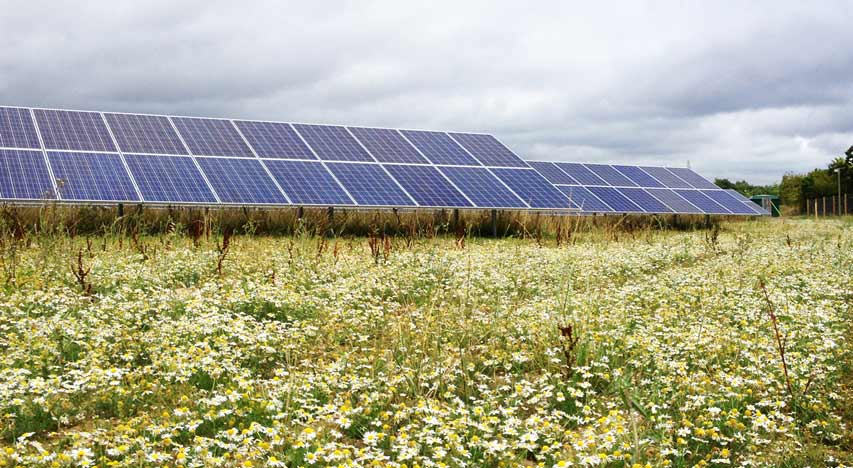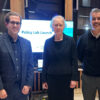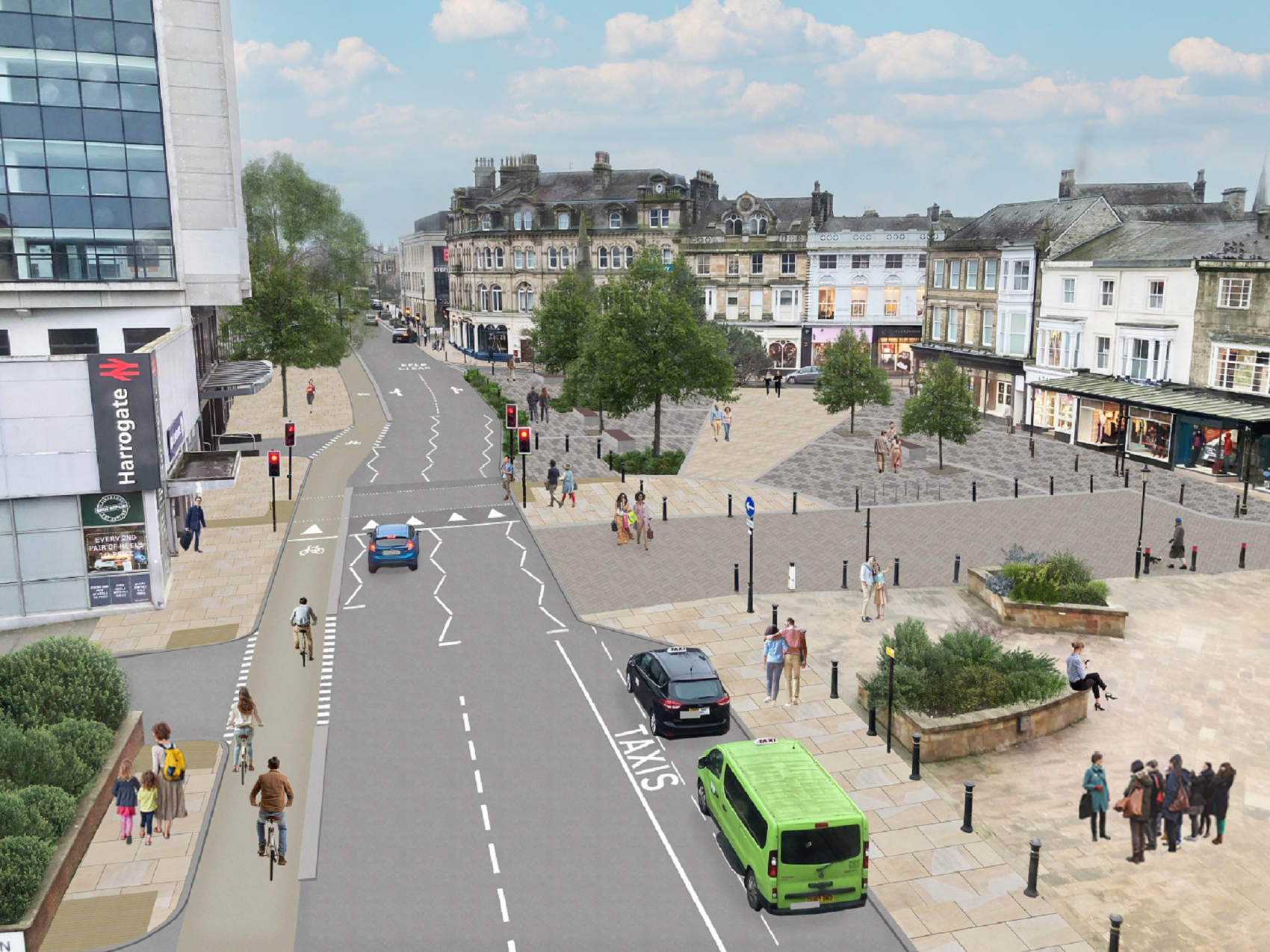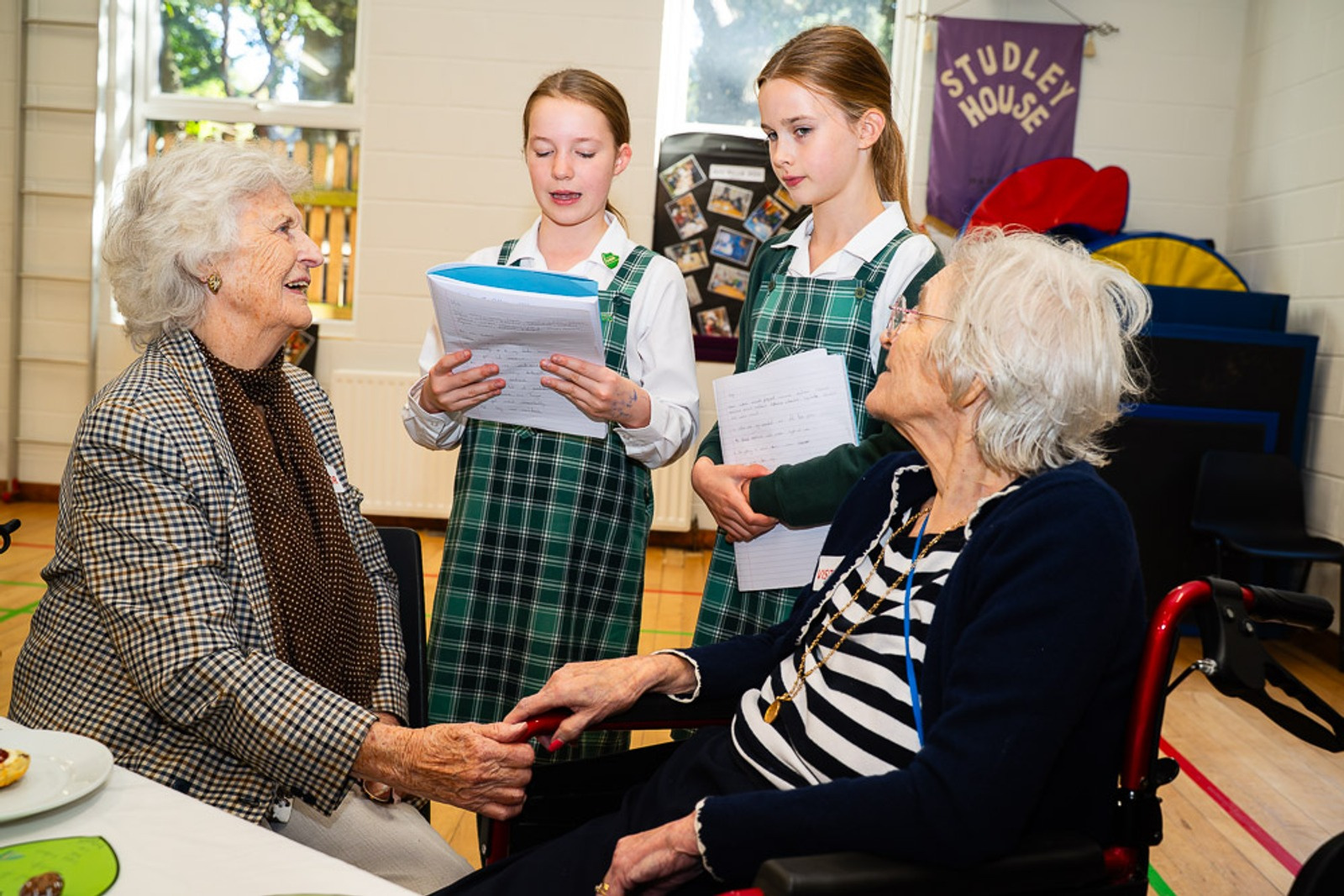Solar energy provider, Lightsource Renewable Energy, have put forward proposals to install a solar farm at Burton Top Farm, in Burton Leonard near Harrogate.
Initial plans for the site will be displayed at a Community Information Evening at Burton Leonard Village Hall between 5.30pm and 8pm on Tuesday, 25 August 2015.
The proposed 3.9MWp solar farm has the capacity to generate enough locally-sourced energy to power around 1,000 homes, saving 1,700 tonnes of carbon emissions every year – the equivalent of taking 395 large family cars off the road.
Lightsource wants to hear people’s thoughts on the initial plans for the site, which is already very well screened from roads and nearby homes.
Existing vegetation will be retained and managed as part of the project – with any gaps infilled to further reduce potential views.
The initial plan includes planting native vegetation along the western and south western boundaries, while shrubs will be planted in woodland toward the east of the solar farm.
A bespoke Biodiversity Management Plan will also enhance the site further and provide a haven for wildlife.
Specific improvements will be decided following the results of detailed ecological surveys and feedback from the local community.
Lightsource is particularly keen for local residents, schoolchildren and wildlife groups to get in touch and share any ideas.
A wide buffer zone will be created around the solar farm’s perimeter, providing enhanced habitats and additional foraging grounds for native wildlife and pollinating insects such as bees.
Mammal gates will also be installed to allow small animals to move freely across the solar farm undisturbed.
Species rich grass seed will be sown throughout the site, while wide field margins and large gaps between the rows of panels will leave most of the area as open grassland.
The design makes it ideal for grazing livestock such as sheep – ensuring the land retains an agricultural use.
Conor McGuigan, Planning and Development Director at Lightsource, said:
A solar farm brings so many benefits and opportunities on top of the safe, clean energy it generates.
We want these plans to be the best fit for the local community, which is why we are keen for local businesses, residents and wildlife enthusiasts to come along to the information evening.
In addition to gaining feedback, we also want to give residents an opportunity to ask any questions they may have about the project or solar energy in general.
The solar farm would generate electricity for a period of approximately 30 years. Once operational there will be no ongoing deliveries, only occasional maintenance visits in regular cars, vans and 4x4s.
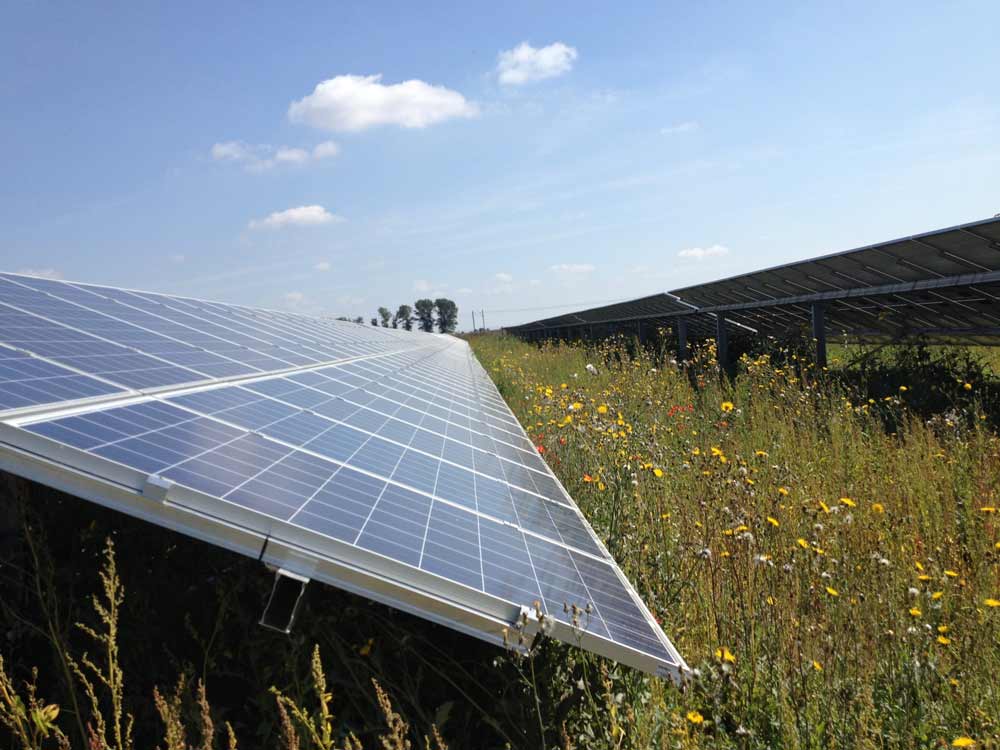
There will be no flood lights, the solar panels will not move and, as they are designed specifically to absorb daylight, any reflection of light is dull and minimal.
Due to the numerous opportunities that the development will bring to the local community, Lightsource is looking for the following regional expertise:
- Local residents to provide input into the initial design and planning
- Wildlife enthusiasts – solar farms provide excellent opportunities to enhance biodiversity and support local initiatives
- Local beekeepers
- Residents with local knowledge which will help inform the route of daytime deliveries whilst the solar farm is being installed
- Security personnel
- Civil roadways experts
- Storage and logistics businesses
- Fencing experts
- Accommodation & food and beverage providers
- Landscapers specialising in local/native species
Conor added:
It is in everyone’s interests to work towards reducing the UK’s reliance on importing expensive fossil fuels. Solar energy generation presents a viable source of home grown, renewable energy and opens up opportunities for championing local businesses, skills and interests.
We would encourage anyone who can’t attend the community event to visit our website where the plans can be viewed and suggestions for the proposals can be put forward.
Residents wishing to view the initial proposal in more detail or make suggestions to the Lightsource Planning team can visit the Planning Portal at: www.lightsource-re.co.uk, click ‘In-House Planning’ and type the site name “Burton Top” into the search box. An online feedback form is also available on the page.
Lightsource have also released these frequently asked questions:
How much energy will the solar farm produce?
The designs will evolve with the results of our assessments and community feedback. The statistics of the current designs are:
Burton Top Farm, Burton Leonard, North Yorkshire HG3 3RX
Generation Capacity: 3.9MWp
Capable of powering: 1,000 homes
Carbon emissions saved annually: 1,700 tonnes – equivalent to the annual emission of 395 family cars
Where does the electricity go?
Chris Buckland, Technical Director at Lightsource: “The energy generated by a solar farm enters the electricity grid at a local point of connection – usually the closest substation. It is then distributed by the local District Network Operator (DNO) and the National Grid. Local energy consumption take-off will consume some, if not the majority, of the energy generated. The influx of energy from the solar farm can be equated to a stream entering a lake which has multiple distributaries. The majority of the water from the stream will flow out of the lake again via the closest distributary. If this narrows, more of the water continues into the lake and onto the next closest exit point.
“Depending on the voltage level at which the generated energy is connected to the Grid, and where this is in the local distribution network, there may well be a voltage reinforcement or stabilisation of the line to which the power is connected. So local consumers might see any ‘voltage drop’ problems, such as dim lights, much improved whilst the solar farm is generating.”
Why harvest energy instead of food?
It isn’t a choice – solar farms can do both. The site is being designed to accommodate sheep grazing, enabling the solar farm to produce energy whilst continuing the land’s agricultural use.
Are solar farms irreversible development?
No – the panels are mounted on an aluminium framework with steel legs which are pile driven into the soil. At the end of our lease period (usually about 25-30 years) the installation will be dismantled and removed without harming the land.
Is solar power suited to the UK climate?
Yes – solar panels do not require direct sunlight to produce electricity, only daylight. So they still work well on cloudy days, and actually perform more efficiently in cooler temperatures.
How will the equipment be protected?
The solar farm would be enclosed by a timber and wire agricultural fence of about 2 metres in height, appropriate to its rural setting. This is positioned within the current field pattern and on the inside of any hedgerow planting. No flood lighting is required.
Are solar farms noisy?
No – you would not expect to hear any noise beyond the site boundary.
Is there a danger to motorists or aircraft as a result of reflection from the panels?
No – solar panels are designed to absorb light rather than reflect it. Lightsource has commissioned several ‘glint and glare’ assessments as part of our planning process, and it is generally accepted that solar farms are not dangerous to aircraft.
What will the impact be on wildlife?
Solar farms have the potential to bring about significant increases in wildlife populations on agricultural land. They are essentially secure sites with little disturbance from humans or machinery once installation is complete. Additionally, we often plant new trees and hedgerows, and seed wild flowers and grasses, all of which enhance prospects for local wildlife.
Is there an impact on flood risk?
No – the posts on which the panels are mounted typically take up less than 1% of the land area, with the majority of the site being grassland.
Will the solar farm cause traffic disruption?
No – once the solar farm is in place it would require very little maintenance, with access only needed occasionally using regular cars, vans or 4x4s – This should cause no disruption at all. During installation, a Traffic Management Plan is followed to avoid peak times and unsafe routes as the equipment is being delivered.
How can people find out more?
For more information about Lightsource Renewable Energy and its proposals, contact 0333 200 0755 or email: info@lightsource-re.co.uk quoting ‘Burton Top’.

